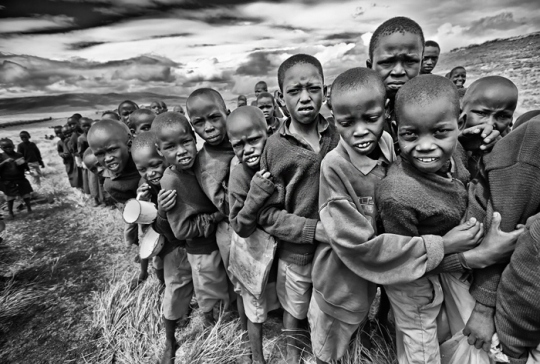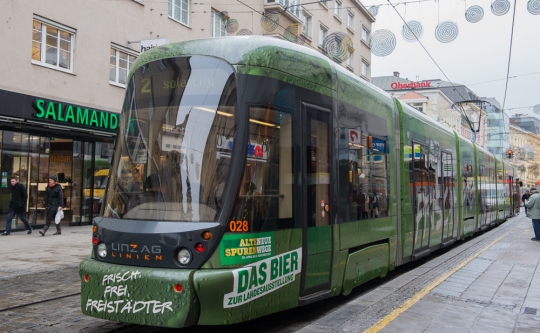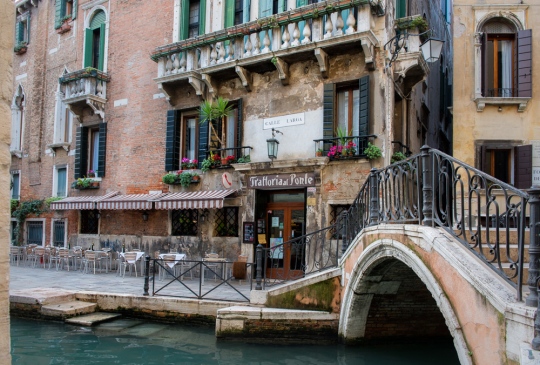
Grand Prix – NGO HOA, Vietnam – Two Friends
I recently posted a longer article about my judging experience at the famous Al-Thani Photo Award in Austria. Today, I would like to share with you news about our own Photo Competition – the Ozone Zone International Photo Salon 2013. I love photography. I live for photography. We all love photography at Ozone Zone. Travel photography, photojournalism, documentary, fine art photography, nude art, black and white, macro photography, nature – you name it! All these categories – they have one common thing – they help us see our world, discover new details, learn. Many such photographs give us also the joy of an encounter with art.
Being passionate about art and photography, we decided early-on this year to organize and sponsor our own Photo Salon. And we all decided it will always have a specific angle – our angle: promoting a positive message.

Mateusz Liberra, Iceland – Mysterious Place, SILVER
Some time ago one of our internationally acclaimed photo coffee table books “Exotic Gardens of the Eastern Caribbean” won the Nautilus Award, given for “contributions to spiritual growth, conscious living, green values, responsible leadership and positive social change, as well as to the worlds of art and creativity.” We treasure this award because all these values are close to us, and that exactly is our angle, we decided. Our Photo Salon should promote fine, artistic photography with a positive message to the world.
We commissioned production of an on-line submission software, and opened our Salon for the first time in the summer. Received images were not as numerous as one would dream, but that was understandable without much advertising, word of mouth, or any major patronage. However – it was the QUALITY of some works which impressed us highly. We received lots of top notch images. Very impressive ones.

Goran Jovic, Croatia – The Line, SILVER
From time to time I get invited to sit in jury of different salons and competitions, therefore I have a chance of seeing thousands photos – including the best world photographs of the highest calibre. And what I saw among entries of our salon was simply wonderful. It was amazing to see some of the world’s finest photographers participating in our Salon. Of course, it pushed the overall level of our competition up, and some photographs – still being decent – fell short of getting to the finals. That is, sadly, the role of jurors – to reject sometimes very good images in order to pick the absolute best. If you ask me – it can hurt. I sometimes have to reluctantly reject really great images, and I feel almost guilty about it. But there can be only one The Best, or Second, or Third Best in each category.
To those who did not qualify, I say – thank you most kindly for entering. We all in the jury saw lots of potential in your entries, and we do hope that next time you will score better. Don’t give up! You should know that your images were in excellent company, and overall level of entries was really impressive.

Daniel Zukowski USA – MIle 3, Los Angeles Marathon, GOLD
And to those who see their images accepted as finalists – most sincere congratulations! You did well, you did compete against the most heavy guns of today’s photography. Thank you for sharing your images with our viewers. Same words of thanks and congratulations go to our winners – a really amazing bunch of photographs. It was real joy for all of us in jury to see your entries! Cheers!
We did not expect to see such a high level of excellence, and while we recognize some of photographers’ names as being on the top lists for a while, we also noticed some new faces. Great work, thank you again! We promise to work hard and prepare for you the Second Photo Salon in 2014. We will improve our submission software, reach for a patronage of PSA or perhaps FIAP, and try to make it as good for you as possible. And lets hope next year we will see many more entries – and have much more attractive awards for you!

Michiel Vaartjes Netherlands – Dark Falls, BRONZE
Allow me to present here the list of winners. This list, along with list of all finalists is shown on our Web site here. Also on our Web site – here- you can see a slide show of all accepted and awarded works shown in a random order. I hope you will enjoy the slide show. What you see here are just a few examples of the fine works we received.

Mohd Khorshid, Kuwait – Standing Alone, BRONZE
AWARDS:
Grand Prix – NGO HOA, Vietnam – Two Friends
Creative/Open
Michael Block, USA – Umbrella Ceiling GOLD
Asad, Bangladesh – Risky Journey SILVER
June Groenseth, Norway – Mix of Good Moments BRONZE
K.M.Asad, Bangladesh- Pray Time JUROR’s CHOICE
TRAVEL/NATURE
Goran Jovic, CROATIA – Ultimate Transport GOLD
Mateusz Liberra, Iceland – Mysterious Place SILVER
Michiel Vaartjes Netherlands – Dark Falls BRONZE
Mohd Khorshid, Kuwait – Standing Alone BRONZE (additional)
June Groenseth, Norway – Comet Pan Starrs and Aurora Juror’s Choice

NGO HOA, Vietnam – Man and the Sea, SILVER
MONOCHROME
NGO HOA, Vietnam – Day Work GOLD
NGO HOA – Man and the Sea SILVER
Swee Hoe Lim -Malaysia – Before The Storm BRONZE

June Groenseth, Norway – Comet Pan Starrs and Aurora, Juror’s Choice
PEOPLE/PORTRAIT
Daniel Zukowski USA – MIle 3, Los Angeles Marathon GOLD
Goran Jovic, Croatia – The Line SILVER
Viet Van Tran, Vietnam – The Yellow Umbrella BRONZE
Goran Jovic, Croatia – Rain Boy BRONZE (additional)
Andrey Kharabarin RUSSIA – Tale of Time Lost JUROR’s CHOICE
Congratulations again to all winners and finalists!
Cheers! Derek Galon

K.M. Asad , Bangladesh- Pray Time, JUROR’s CHOICE
—–
If you find this story worth your time, please SHARE and FOLLOW our blog. Thank you very much for stopping by.
If you are a photographer, please check our Salon’s web site in the spring, and we hope to see your entries. You may also be interested in my other article – recommendations for preparing your photos for best international photo competitions. See it here.
All photographs COPYRIGHT of their authors. No reproduction or copying allowed.
 We came to Linz in Austria for the judging session of the famous Al- Thani Photo Awards, superbly organized by Chris Hinterobermaier and his efficient staff. They also run Trierenberg Super Circuit – one of the largest and most prestigious international salons of photography. This hard-working team was very hospitable, and it was tremendous fun to be around them. You can separately see Derek’s series of posts about the judging experience at Al-Thani. This post is about our impressions from visiting this interesting city.
We came to Linz in Austria for the judging session of the famous Al- Thani Photo Awards, superbly organized by Chris Hinterobermaier and his efficient staff. They also run Trierenberg Super Circuit – one of the largest and most prestigious international salons of photography. This hard-working team was very hospitable, and it was tremendous fun to be around them. You can separately see Derek’s series of posts about the judging experience at Al-Thani. This post is about our impressions from visiting this interesting city.
 Being in Linz it’s difficult not to notice an excellent network of long, silently gliding trams, a part of great public transport service. They run like clockworks, and add to the image of efficient, prosperous and well kept city.
Being in Linz it’s difficult not to notice an excellent network of long, silently gliding trams, a part of great public transport service. They run like clockworks, and add to the image of efficient, prosperous and well kept city. All photos copyright Derek Galon.
All photos copyright Derek Galon.






























